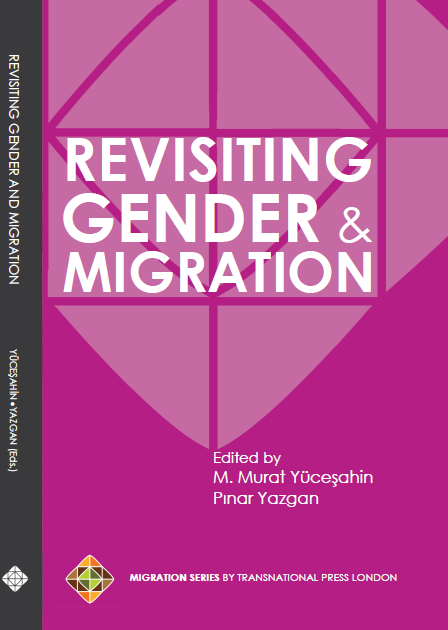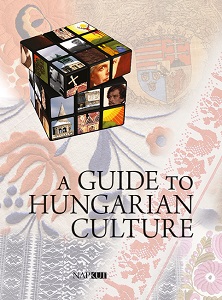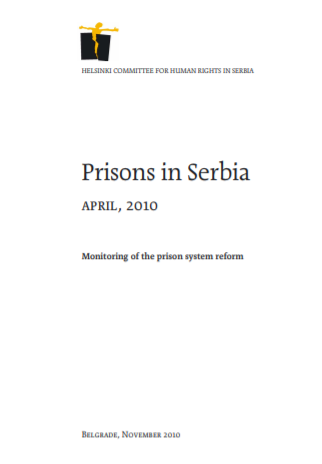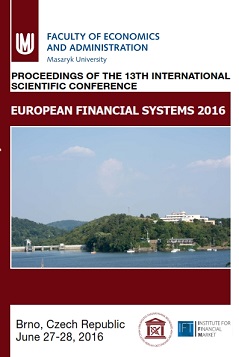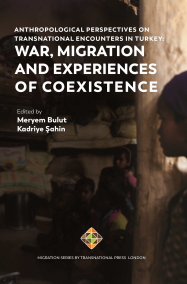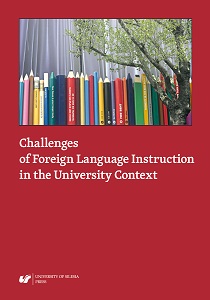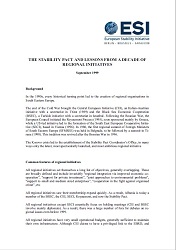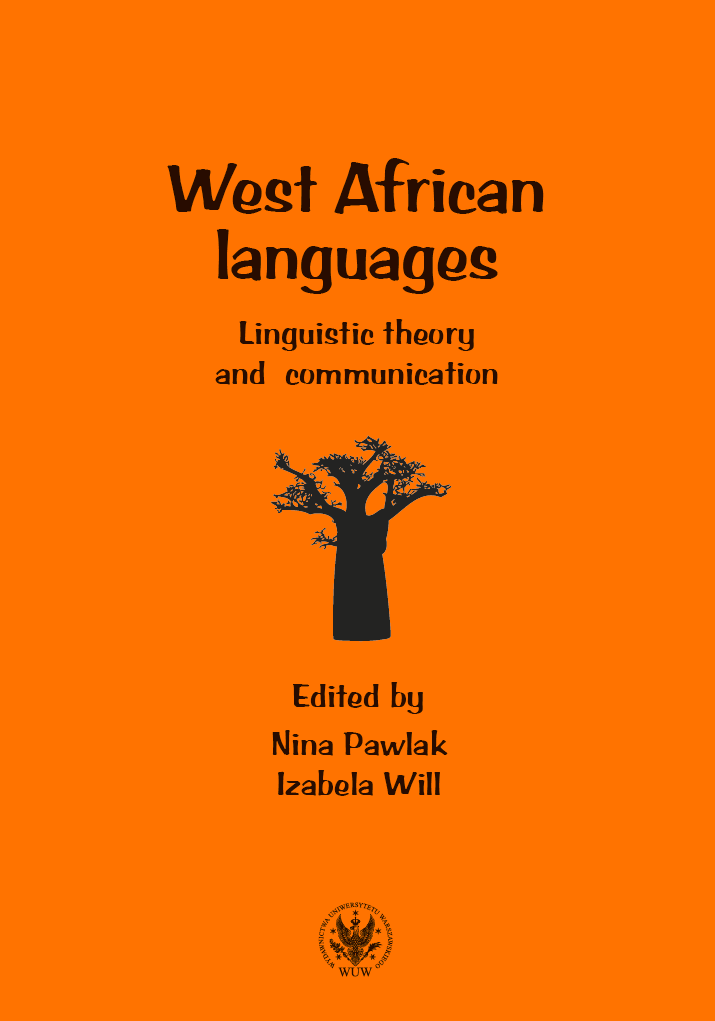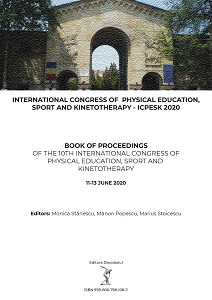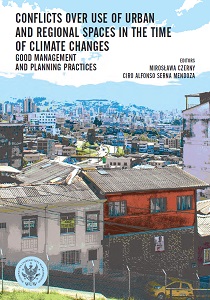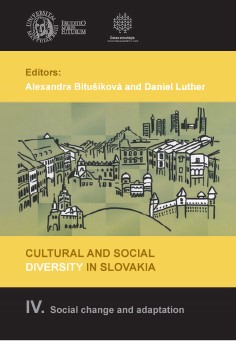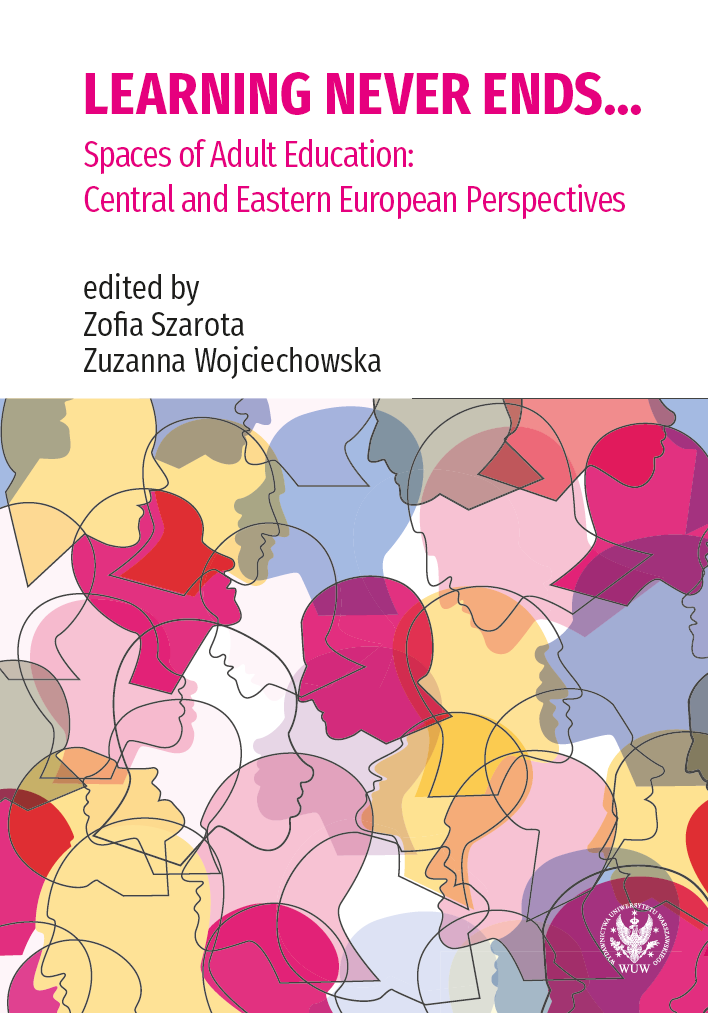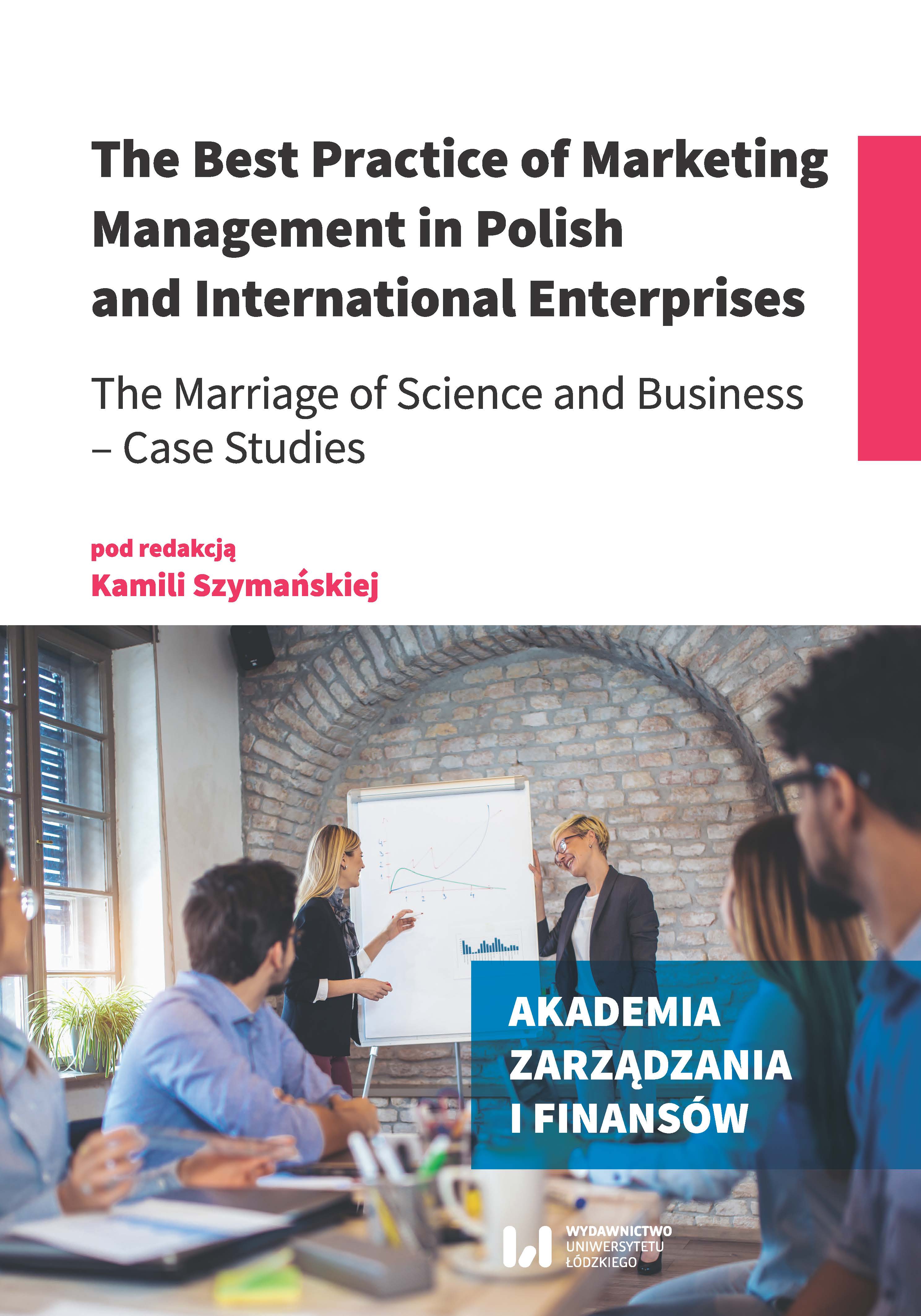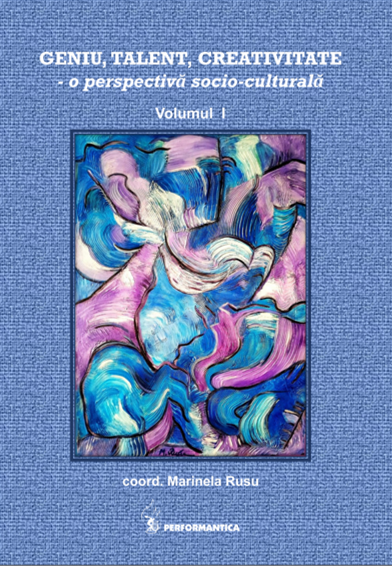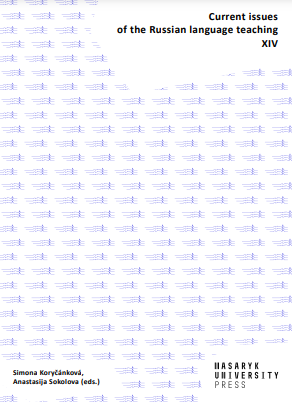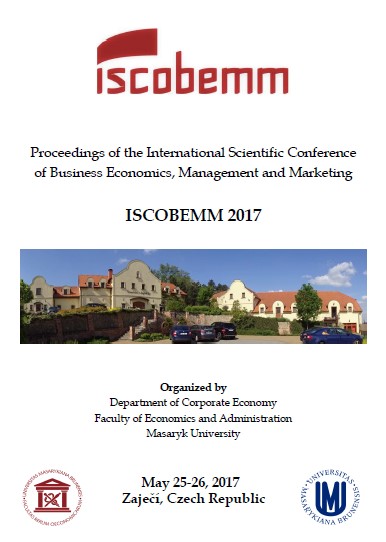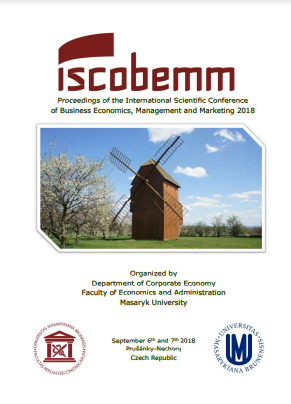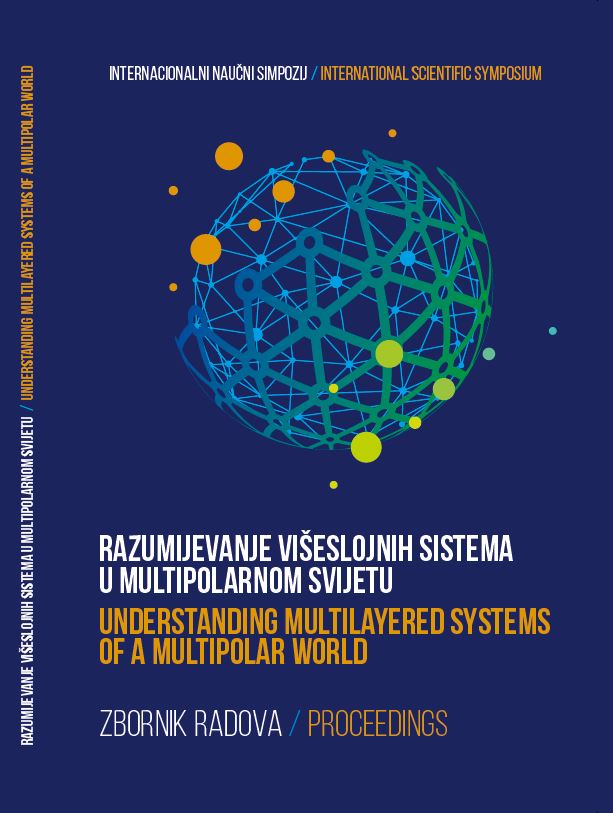
THE PENITENTIARY AT NIŠ (II)
THE PENITENTIARY AT NIŠ (II)
Keywords: Serbia; prison; Niš; KPZ Niš; quality of life; security; lawfulness; social resettlement; outside world contact; personnel;
Conditions of life and work of the entire personnel should be improved through increased salaries and other benefits that would motivate them to work conscientiously and in a legal manner. In this connection, the existing differences in salaries should be reconsidered while keeping in mind the role and importance of particular services as prescribed by the law; The personnel should be permanently encouraged to upgrade their knowledge and professional capacity by attending courses of in-service training and seminars aimed at improving humane treatment of prisoners, work efficiency and the personnel's commitment to their job; Gender discrimination in the process of recruitment should be prevented; In the process of recruitment, particular care should be paid to a candidate's social and emotional suitability; Additional specialists should be engaged for the work in the admission department; The personnel should be educated in dealing with special categories of prisoners, or specialists should be engaged for this purpose.
More...
